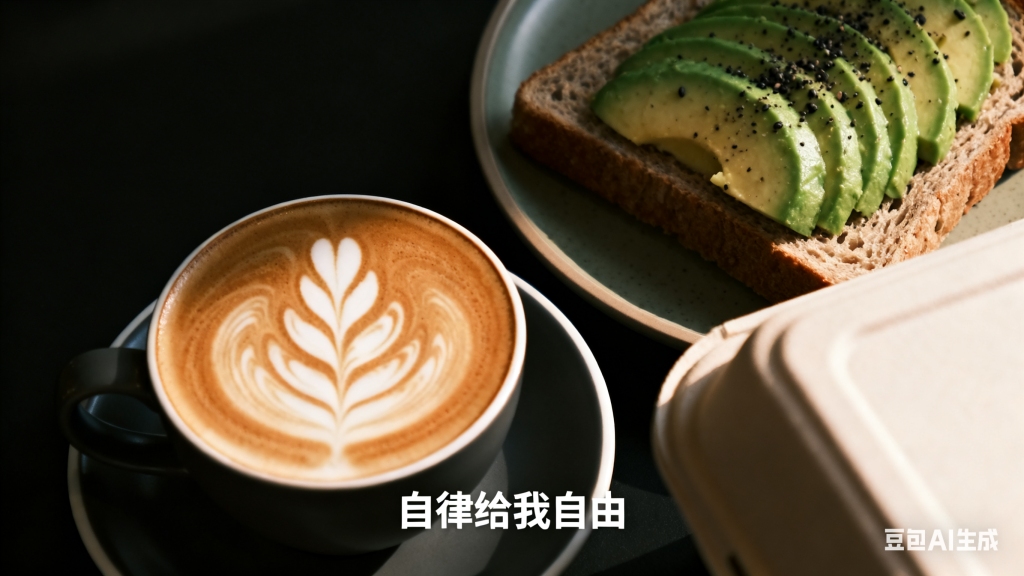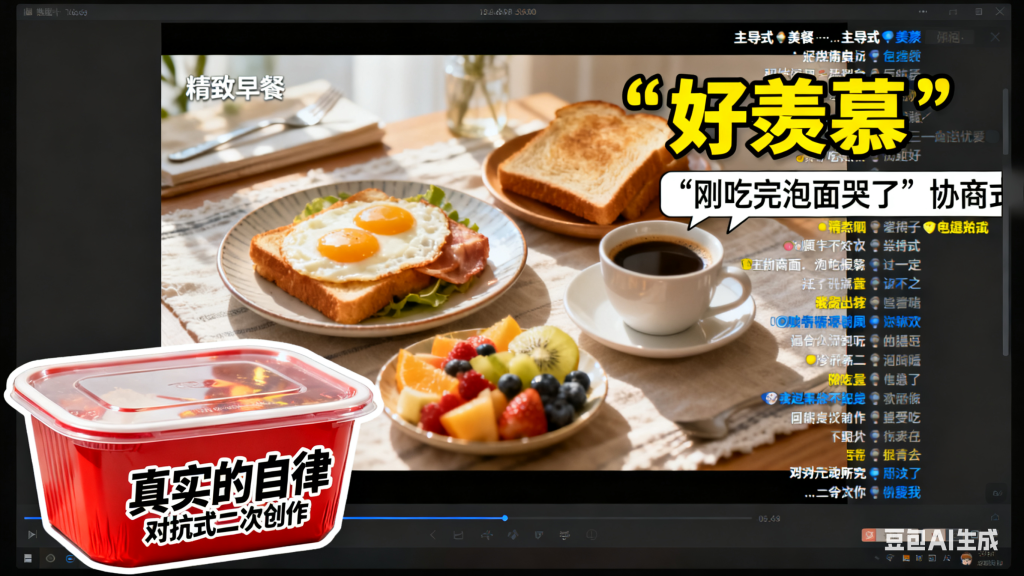Scroll through TikTok, flip on the news, or glance at a billboard on your commute—you’re not just “consuming content.” You’re doing the tango with a hidden process Stuart Hall dreamed up in the 1970s: encoding and decoding. Forget the boring “sender → message → receiver” textbook stuff—this theory is why your friend raves about a “heartwarming” movie you thought was “cheesy,” or why a single tweet sparks 100 arguments. It’s the secret sauce behind how media actually works, and it’s way more relatable (and chaotic) than you think. Let’s break it down—with visuals that’ll make you go, “Oh! That’s what’s happening!”
First: Encoding = Media Makers’ “Secret Recipe”
Encoding is what creators do when they craft content—think of it as slipping their intentions, biases, and vibes into a message like secret ingredients. A journalist picks which quotes to use, a TikTokker crops a clip to highlight drama, a brand writes “all-natural” on a cereal box (even if it has 10 types of sugar). None of this is neutral—every choice is a “code” designed to make you think, feel, or act a certain way.
📸 Visual 1: The Newsroom “Sneaky Code”
A news anchor smiles brightly, saying, “Housing price growth slows—market stabilizes!” The subtitles blast “STABILIZATION,” but if you squint at the background screen, it’s flashing “HIGH INVENTORY” before cutting away. That’s encoding: highlighting the “positive” angle while tucking the messy details out of sight.

Then: Decoding = You “Cracking the Code” (Or Rejecting It)
Decoding is your turn—when you watch, read, or listen, you’re translating that encoded message into meaning. But here’s Hall’s game-changing insight: you don’t have to play by the creator’s rules. Your life experience, beliefs, and even mood that day shape how you decode. There are three main ways this goes down:Dominant-
1.Hegemonic Decoding: You Buy the Recipe
You totally agree with the encoder’s intent. Think: The businessman watching that housing news nods and thinks, “Great—policy is working!” He’s swallowing the “stabilization” narrative hook, line, and sinker.
2.Negotiated Decoding: You Tweak the Recipe
You agree somewhat, but add your own twist. The office worker watching the same news goes, “Yeah, growth slowed… but my salary still hasn’t caught up to last year’s prices.” She gets the encoder’s point but filters it through her own reality.
3.Oppositional Decoding: You Throw the Recipe Away
You reject the encoder’s intent entirely—even flip it. The homeless person staring at the screen smirks and thinks, “Stabilized for who? I still can’t afford a roof.” He’s seeing the hidden “high inventory” and calling BS on the feel-good spin.
📸 Visual 2: Three People, One News Clip
Split screen: Left, the suited businessman grinning and giving a thumbs-up. Middle, the stressed white-collar worker rubbing her temples. Right, the homeless person crossing his arms and rolling his eyes. Same content, three totally different decodes.

Today’s Twist: We’re All Encoders and Decoders Now
Hall’s theory was ahead of its time—but social media turned it into a party. Now, you’re not just decoding—you’re encoding too. Post a Vlog of your “lazy Sunday” (encoding: “I’m chill and relatable”), and your followers decode it as “goals” or “she’s lying—her house is too clean.” Then they comment, meme it, or repost with their own take—re-encoding your message into something new.
📸 Visual 3: The TikTok “Authenticity” Code
A creator films their “perfect morning routine”: close-ups of latte art, avocado toast, and a yoga mat. The caption says “Discipline = Freedom,” but in the corner, a crumpled takeout boxWhy This Matters is blurred out. That’s everyday encoding—we craft a “perfect” version of life while hiding the messy bits.

📸 Visual 4: The Comment Section Decode Party
The TikTok’s comments section: One person writes, “I wish my mornings were this calm 😍” (dominant decode). Another says, “Love the vibe, but I’d burn the toast 😂” (negotiated). Someone else screenshots the blurred takeout box, circles it, and reposts with, “Real discipline = eating leftover pizza for breakfast” (oppositional re-encoding).

Why This Matters
Encoding and decoding isn’t just about “misunderstandings”—it’s about who gets to shape reality. Media creators encode messages that often reflect dominant values (think: “hustle culture is good” or “this product will make you happy”), but decoding lets you push back. You don’t have to accept the “story” you’re given—you can question it, twist it, or write your own.
Next time you’re scrolling or watching, ask yourself: What’s the encoder hiding? Why am I decoding this way? It’s not about being cynical—it’s about being curious. Media isn’t reality—it’s a encoded version of it. And you, as a decoder, have the power to see beyond the spin.
So go forth—encode your truth, decode critically, and remember: the best part of this tango is that you can lead.
Would you want to dive deeper into a specific example (like how brands encode “luxury” or how memes get re-encoded)? I can break it down with more visuals or real-life trends!

